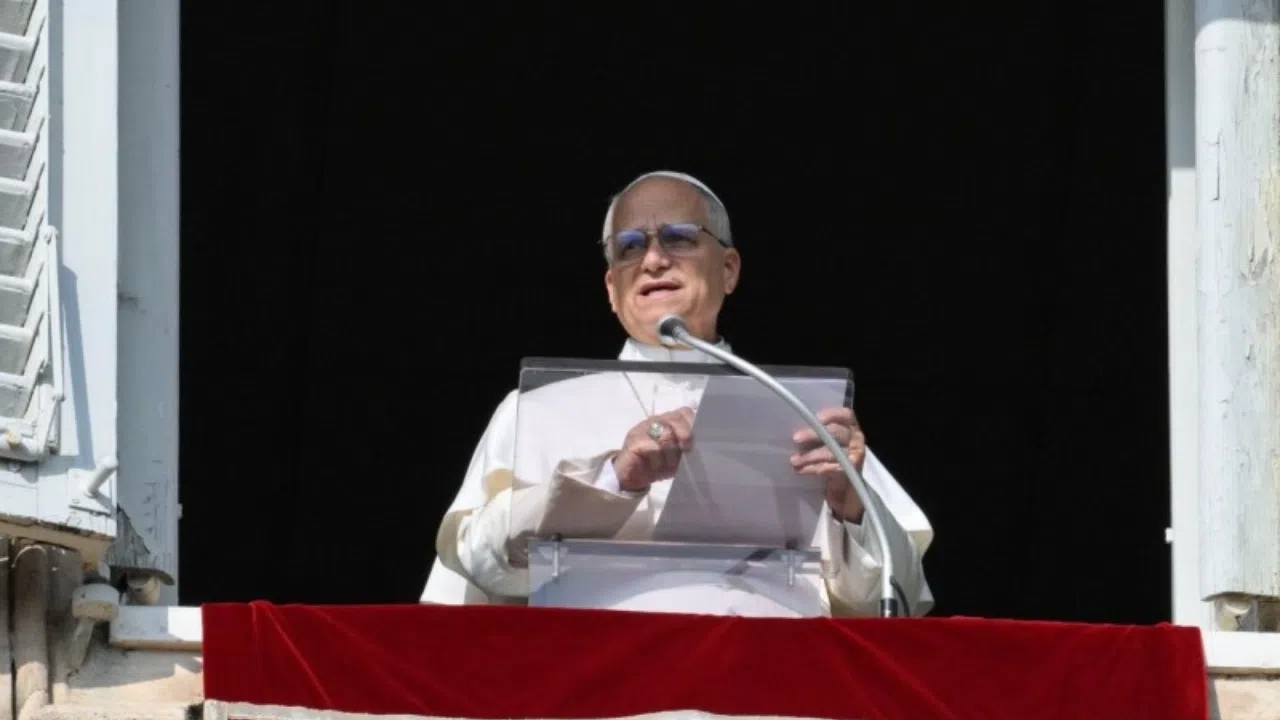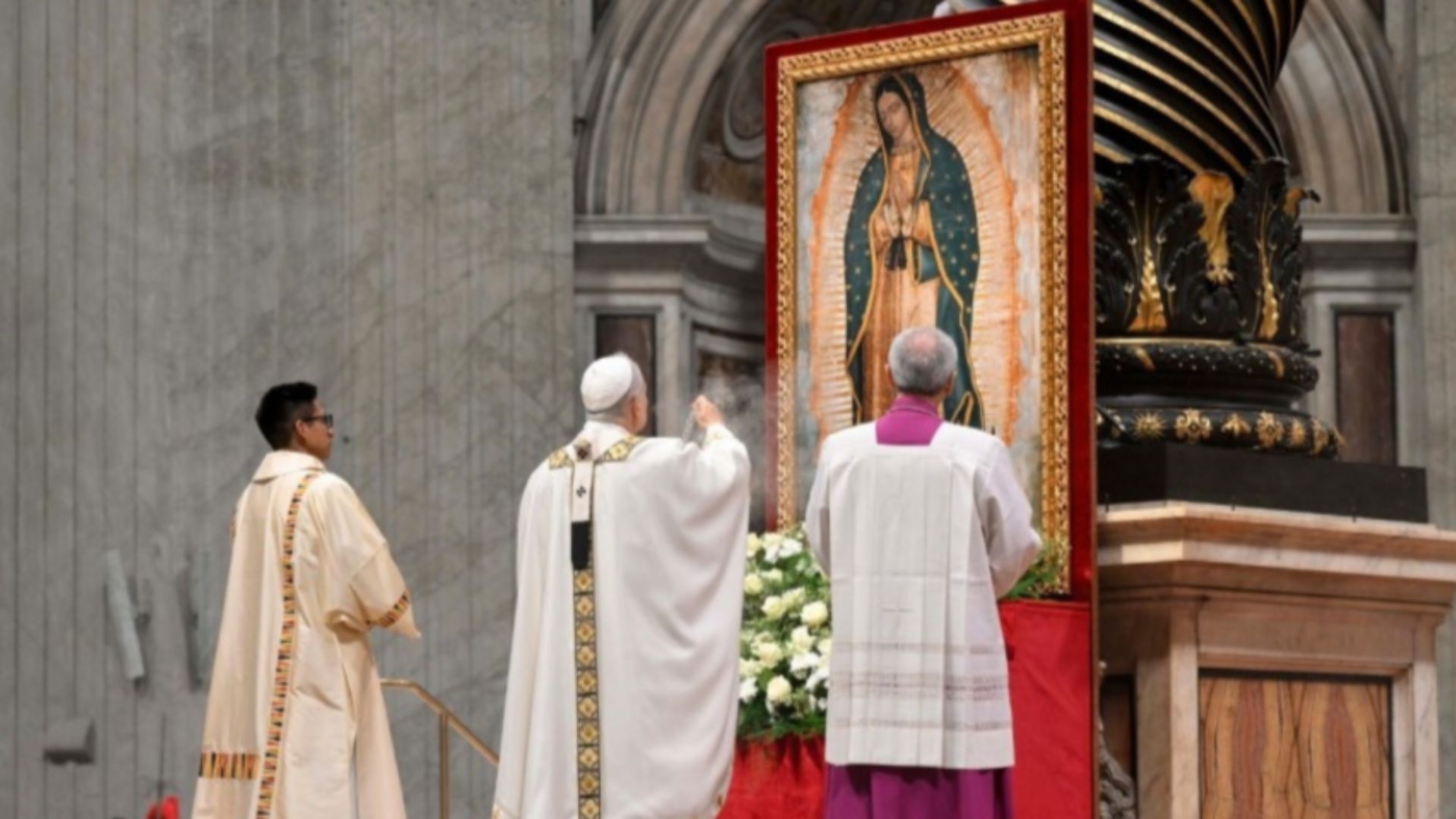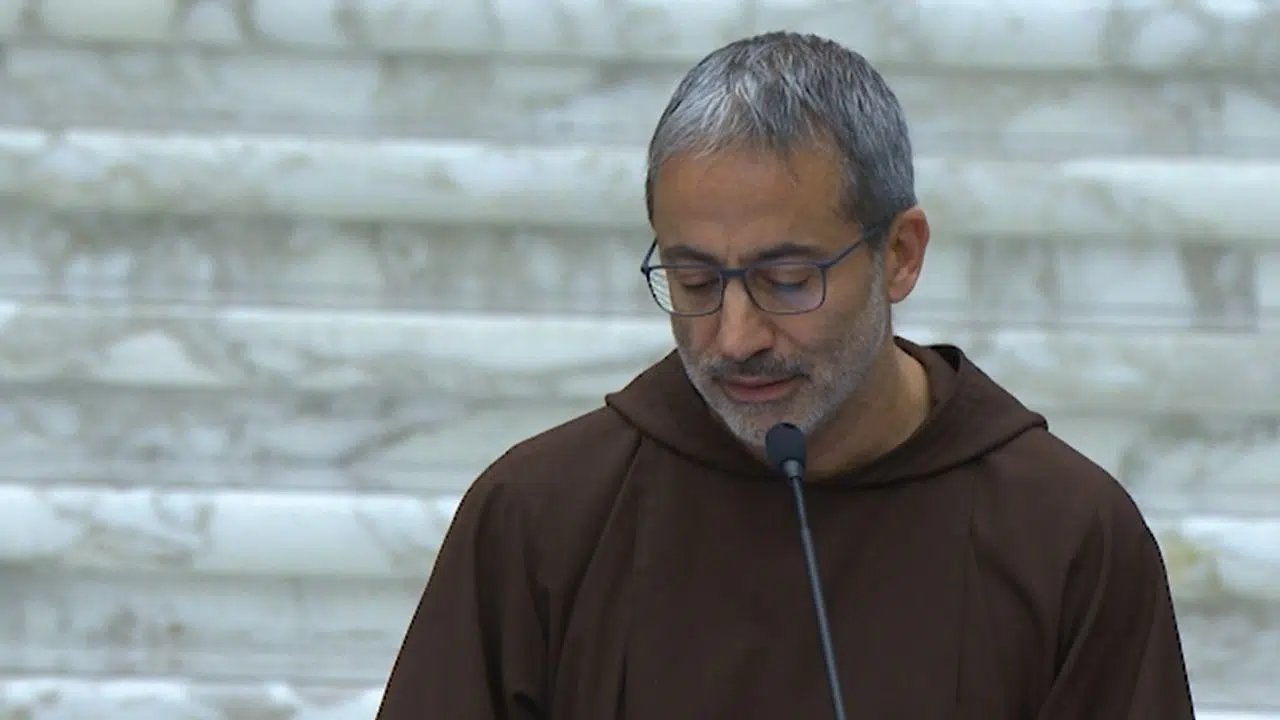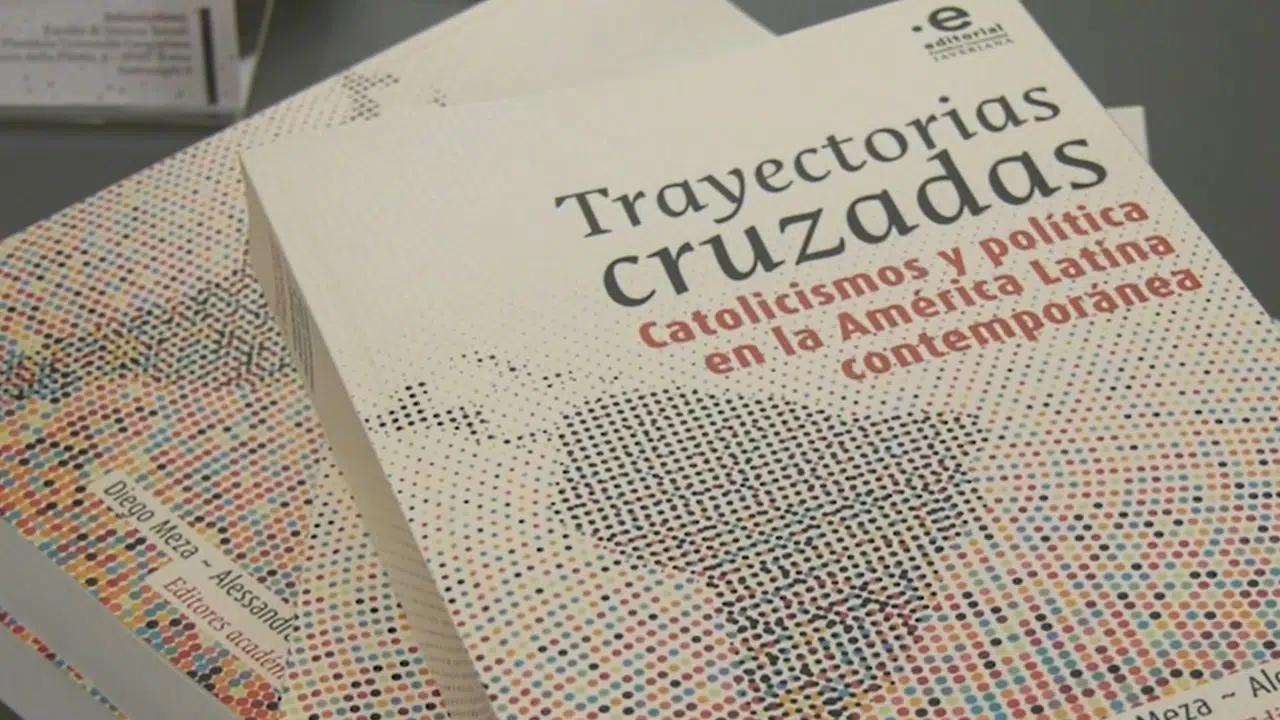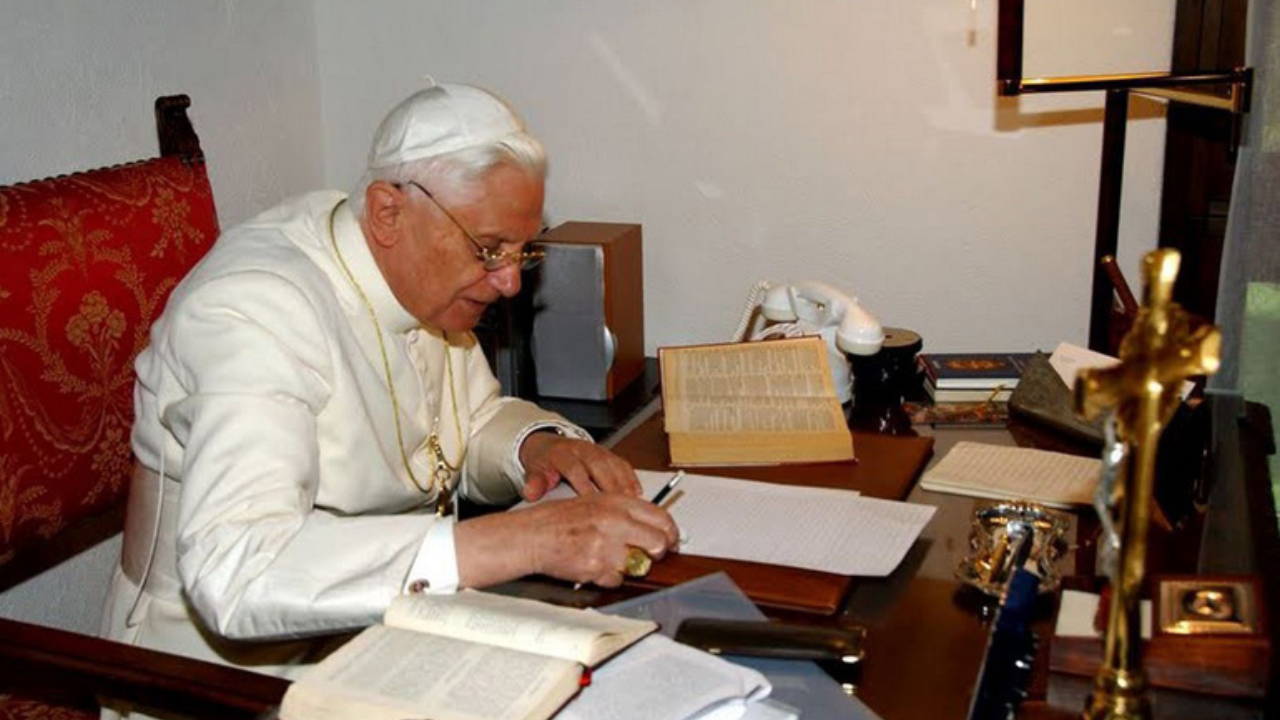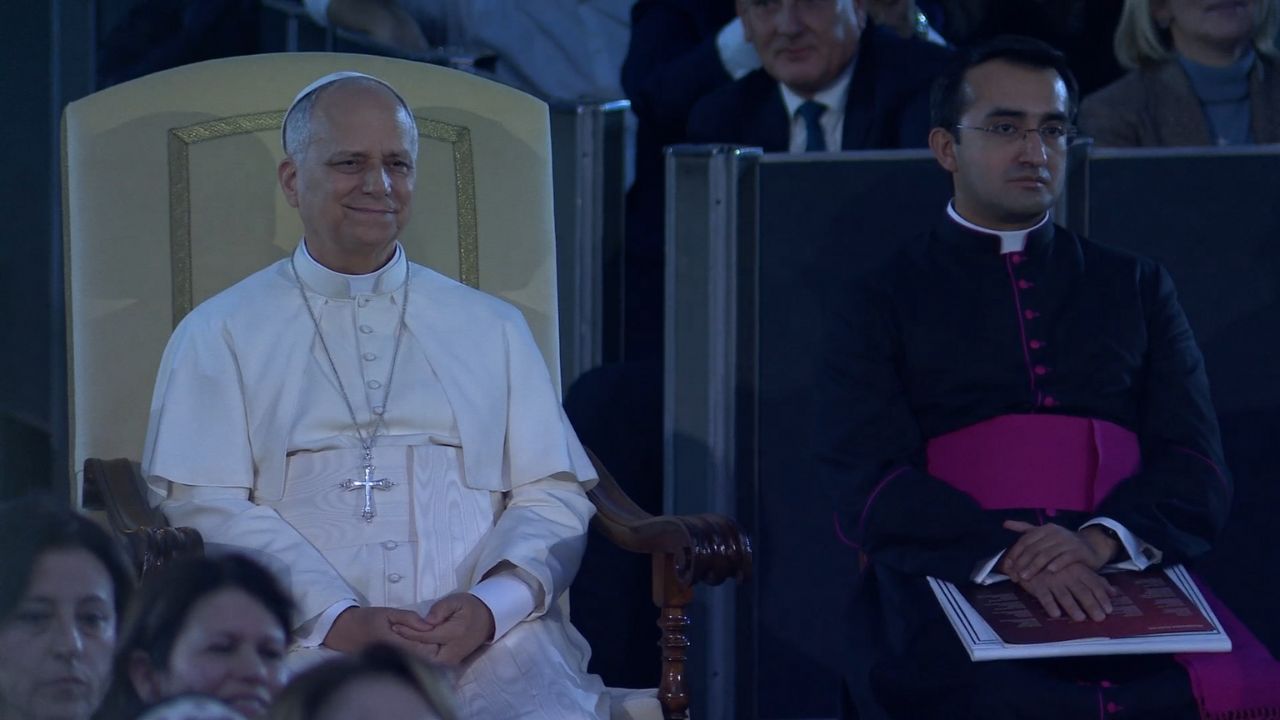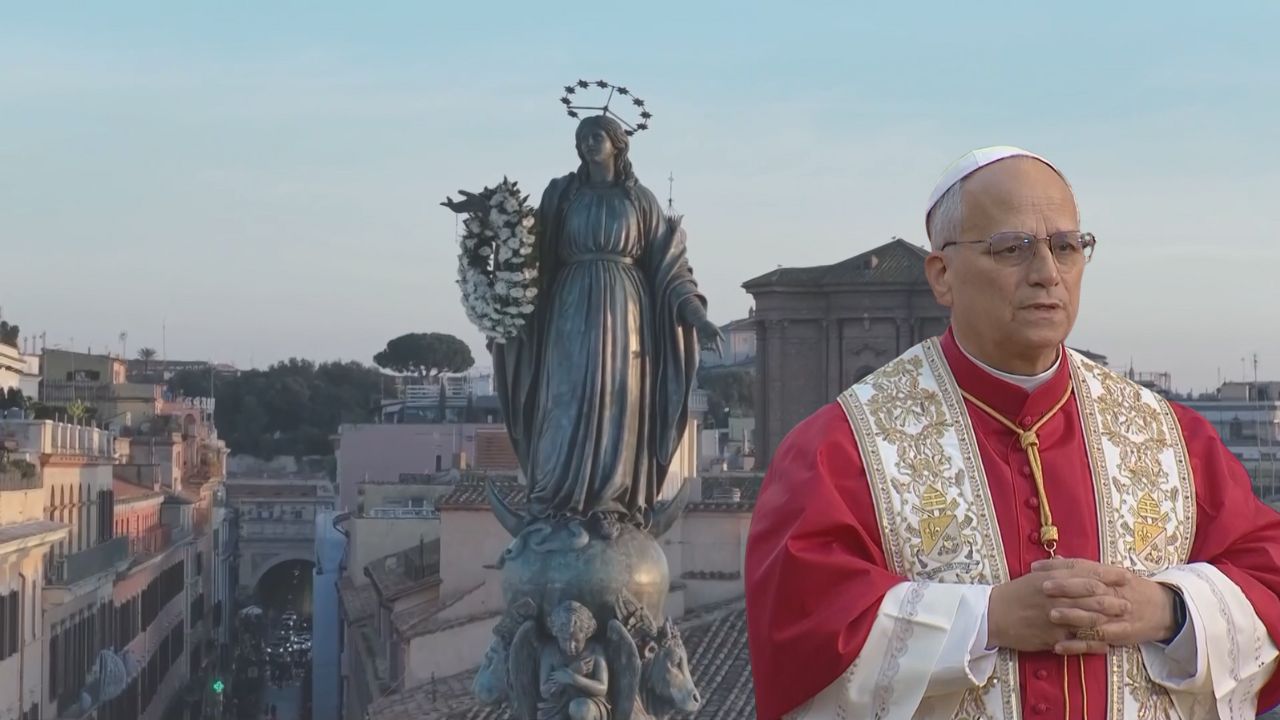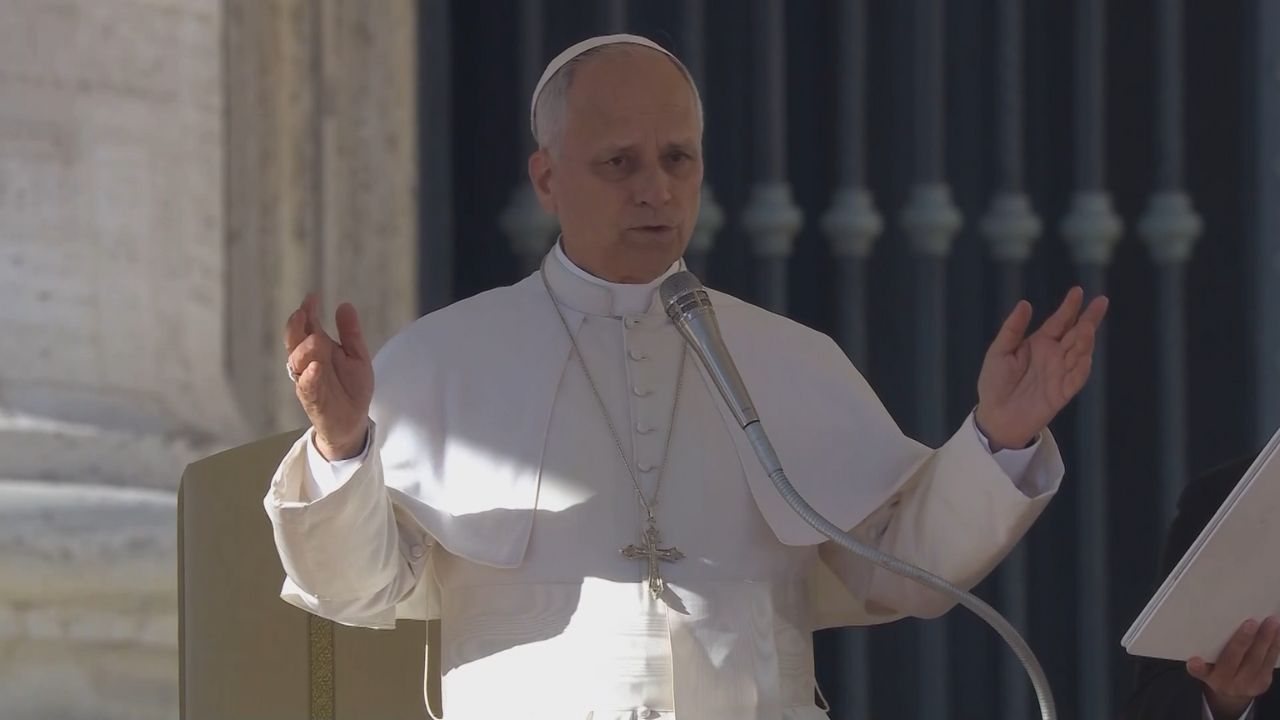Out of the thousands of saints, only 37 are part of this select group. They are the ones who hold the title of Doctor, a recognition that began to be granted in 1298 to those considered masters of the faith.
This type of appointment was formalized in the 16th century, when Pope Pius V established clear criteria for granting it.
The first criterion is that the saint’s theological and moral doctrine must be highly influential. The second is that they must possess a high degree of holiness, and lastly, there must be a solemn proclamation by the ecclesiastical hierarchy.
The title is conferred at the initiative of a pope or an ecumenical council. However, to this day, no council has ever made use of this possibility.
Among these 37, there are four women. The first to receive the title of "Doctor of the Church" was Saint Teresa of Ávila, founder of the Order of Discalced Carmelites. It was granted to her by Pope Paul VI in 1970.
That same year, only a few days later, Italy’s patron saint, Saint Catherine of Siena, also received it. This Dominican laywoman is considered one of the great mystics of the 14th century. She is also known for her role in the return of the papacy after the crisis of the three popes.
During the papacy of Pope Saint John Paul II, the next to become a Doctor of the Church was Saint Thérèse of Lisieux, whose writings, despite her life as a cloistered nun, had great spiritual influence.
The last woman to join this list was Saint Hildegard of Bingen, who received the title in 2012 from Pope Benedict XVI. She was a Benedictine abbess as well as a composer, philosopher, and physician.
In recent years, there have been two more cases. In 2022, Pope Francis named Saint Irenaeus of Lyon a Doctor of the Church. Finally, in July of last year, Pope Leo XIV announced that he would grant this title to Saint John Henry Newman, which will be officially conferred on November 1.
Trans. VL
